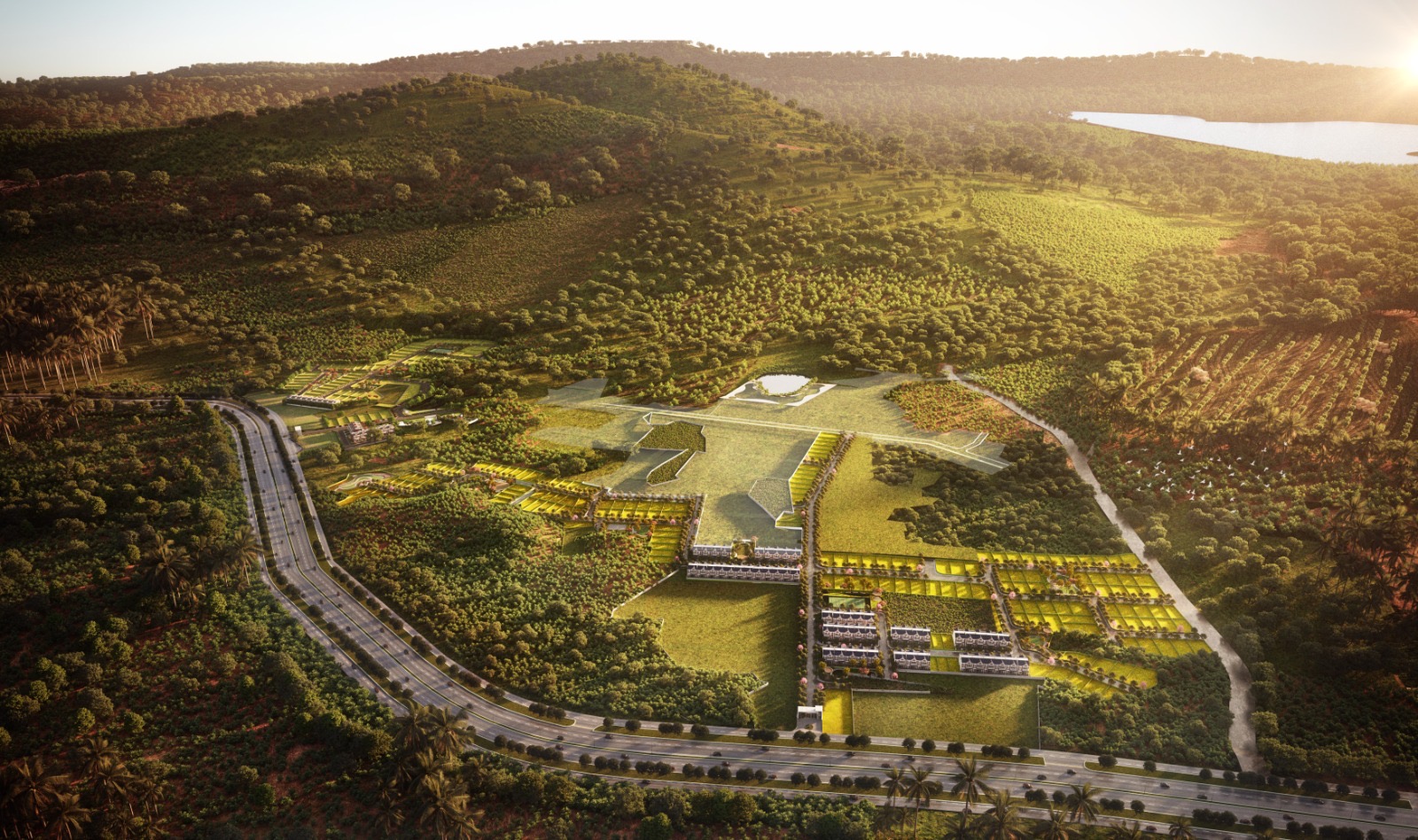By Aditya Kushwaha, CEO and Director Axis Ecorp
Investing in real estate has long been a favoured strategy for building and diversifying investment portfolios. However, for many beginners, traditional investment options like stocks, bonds, and mutual funds can seem intimidating and difficult to access. A new and innovative alternative, fractional ownership, is emerging as a unique way for investors to diversify their portfolios and access assets that were previously beyond their reach.
Fractional Investment Option and its benefit
Fractional property investment allows individuals to own a share of a property without the need to purchase the entire asset. This approach enables investors to diversify their real estate holdings and invest in high-value properties that might otherwise be out of their financial reach. It provides a strategic advantage by lowering the entry barrier to real estate investment by requiring less initial capital than purchasing a whole property. This model allows for diversification across various assets and asset classes, effectively mitigating risk while potentially boosting returns. It also benefits from professional management, which ensures assets are maintained and overseen by experienced professionals, relieving investors of operational burdens. Additionally, fractional ownership grants access to high-value assets, such as premium properties and collectables, that would typically be beyond reach. The increased liquidity in fractional shares further enhances flexibility, making it a compelling alternative to traditional real estate investment.
Traditional Real Estate Investment
Traditional real estate investment involves purchasing a property outright, whether residential or commercial, to rent it out or sell it for a profit. This type of investment typically requires substantial capital and entails ongoing management and maintenance responsibilities. Investors in traditional real estate maintain full control over their investment decisions, allowing for autonomy in managing their assets. This sector has a proven track record of delivering returns over the long term, making it a reliable option for building wealth.
Making the Right Investment Choice
Choosing between fractional property investment and traditional real estate largely depends on an investor’s goals, time availability, experience, and financial resources. Fractional ownership offers a flexible approach to diversifying real estate holdings with a smaller financial commitment, making it an attractive option for many. It allows people to realize their homeownership dream with limited capital and earn rental yields. Keeping these merits in mind, many young investors are now choosing the fractional ownership model.









